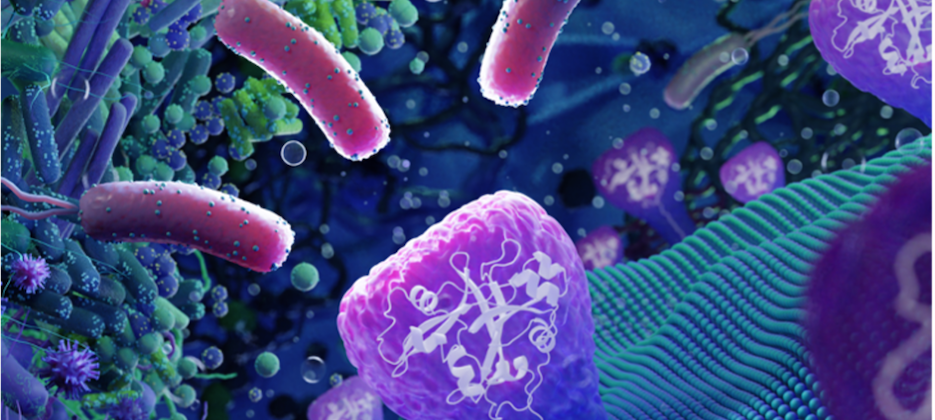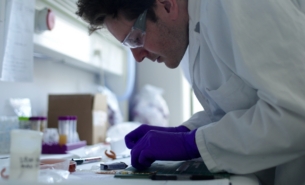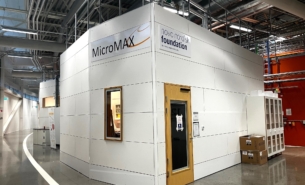In a study combining structural biology, biochemical and genetic approaches, scientists showed that plant cell-surface receptors employ a mechanism for error correction responsible for the control of receptor activation and signaling select bacterial symbionts. This demonstration opens the door to potentially manipulating such receptors’ binding sites in legumes and other organisms in the future.
Cell-surface receptors in plants and animals are found within cells’ plasma membrane where they enable a cell to receive, process, and transmit signals from its environment by binding to extracellular signaling molecules such as growth factors, hormones or neurotransmitters. In other words, they serve as the cells’ communication devices with the perception part outside of the cell and a transmitter part inside the membrane.
One example of this is the communication that controls symbiosis between legumes and nitrogen-fixing bacteria. Observing this process, a team of scientists from Aarhus University, the University of Copenhagen, the University of Georgia, the University of Otago, the University of Montpellier, and MAX IV detected that compatibility is specifically determined through cell-surface receptor kinases’ recognition of bacterial carbohydrate signals called lipochitooligosaccharides (LCOs). Specimens at MAX IV were measured at BioMAX beamline.
Zeroing in on the LCO receptor structure and a hydrophobic patch located in the binding site crucial for LCO recognition and symbiotic function, the group of researchers were able to prove that the receptor monitors the composition of the amphiphilic LCO molecules and uses kinetic proofreading to control receptor activation and signaling specificity. Furthermore, they demonstrated that it is possible to engineer the binding site in a way that allows them to influence which ligands it selects while also learning which binding kinetics plants require for symbiotic signaling.
What’s more, the hydrophobic patch could be used in biological in silico computer prediction experiments. This may well provide specific targets and an overall template for future engineering of plant receptors, according to the authors of the study report.
BioMAX at MAX IV and DESY enabled the scientists to collect the necessary synchrotron data.




